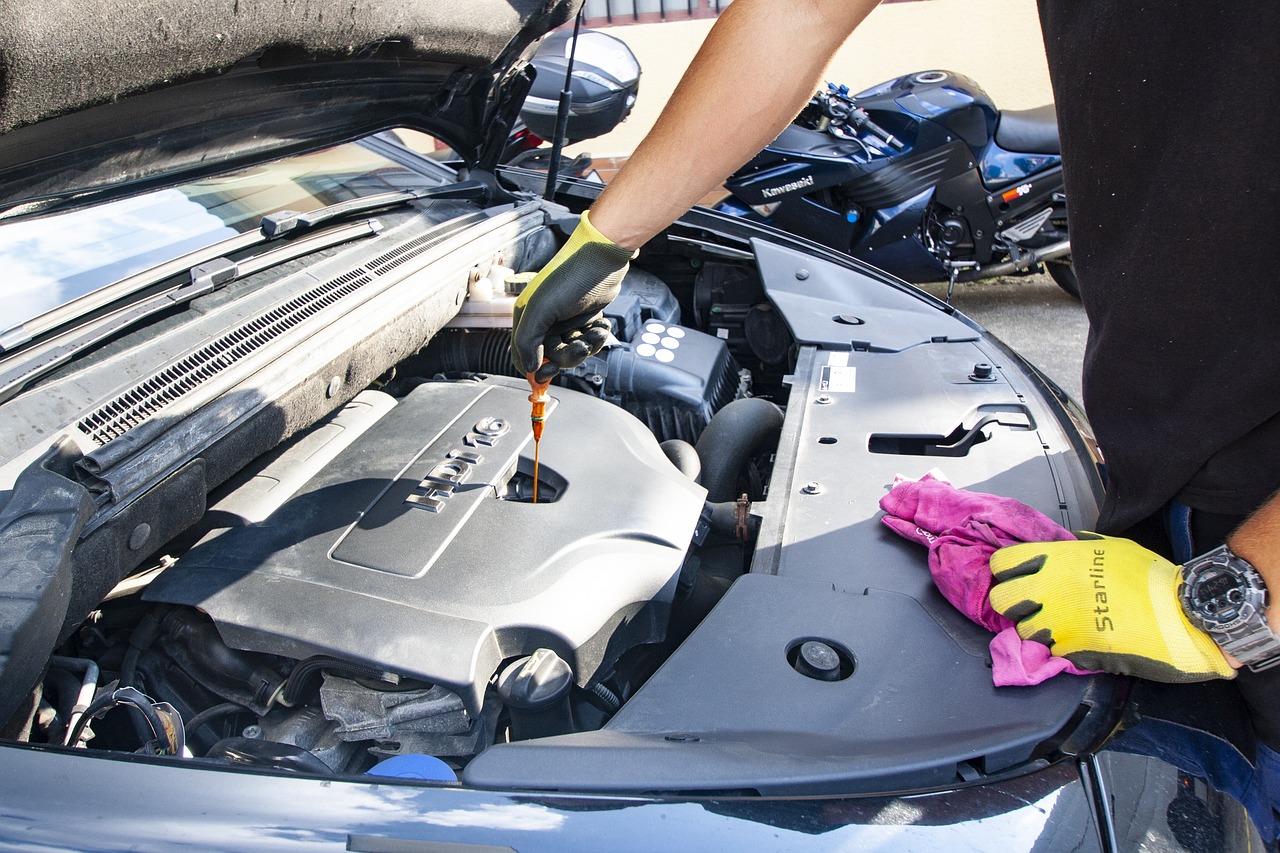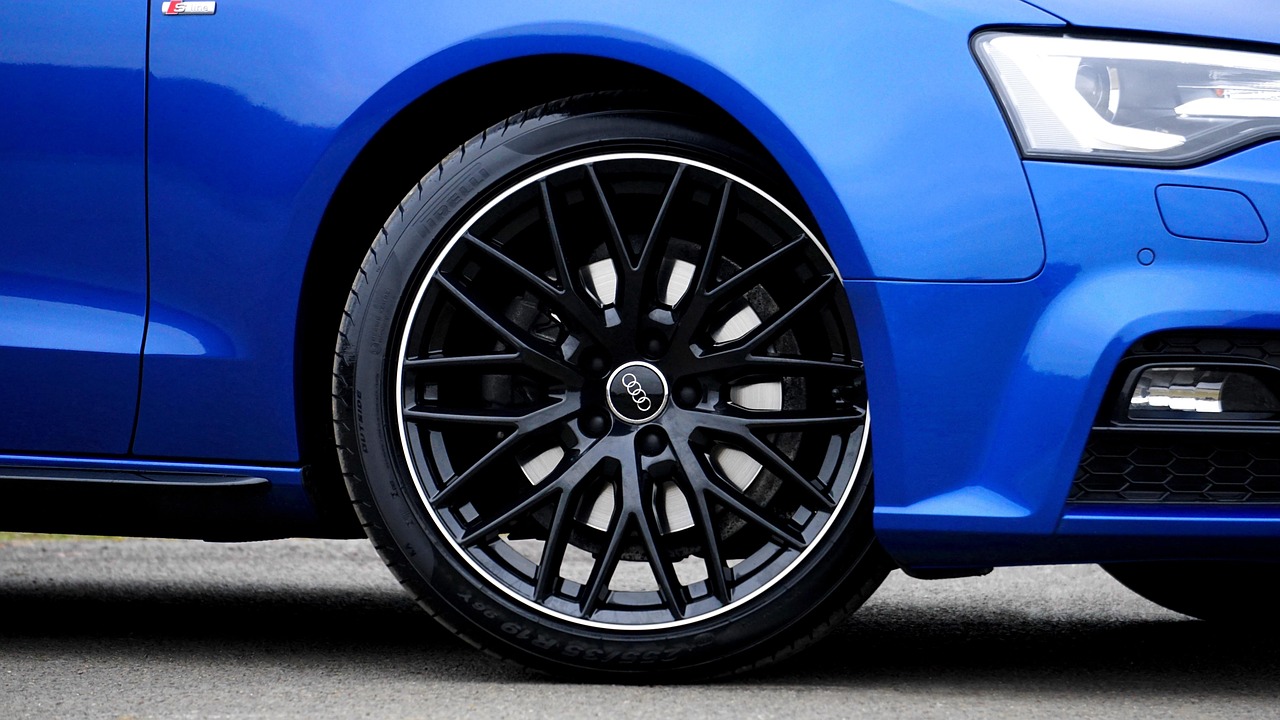Owning an Audi A5 Cabriolet comes with its perks. Sleek design, a smooth driving experience, and that open-top freedom. But like any well-engineered machine, it needs regular maintenance to keep running at its best. One small yet crucial task is replacing the cabin air filter. If you’ve noticed a musty smell when turning on the climate control or reduced airflow through the vents, it’s probably time for a new one.
Replacing the cabin air filter may sound like a job for a mechanic, but it’s actually a simple DIY task. With the right approach, you can freshen up your car’s air quality in less than 20 minutes. Let’s break it down step by step.
Why Your Cabin Air Filter Matters
This little filter plays a big role. It keeps dust, pollen, and road debris from entering your car’s ventilation system. Over time, it clogs up with dirt, reducing efficiency and potentially making the air inside your car less breathable. If you suffer from allergies or live in an area with high pollution, staying on top of this replacement is even more critical.
Audi recommends replacing the cabin air filter every 12,000 to 15,000 miles, but if you often drive in dusty or polluted environments, you may need to swap it out sooner.
Tools and Parts You’ll Need
Before getting started, gather the essentials:
- New cabin air filter (Check your owner’s manual for the exact part number)
- Phillips screwdriver
- Gloves (optional, but keeps your hands clean)
- Flashlight (helpful if you’re working in a dim garage)
Step 1: Locate the Cabin Air Filter
Audi has cleverly placed the cabin air filter behind the glove box, a common location in many modern cars. Sit in the passenger seat and open the glove box. Take a good look at the inside edges. There will be small pins or clips that keep it from dropping down completely.
Step 2: Remove the Glove Box Cover
To access the filter, remove the dampening arm (a small piece attached to the glove box’s side, typically secured with a clip). From there, gently squeeze the sidewalls of the glove box inward to release the stops, allowing it to drop further than usual.
Some models also have screws securing a panel underneath the glove box, which you may need to unscrew. Either way, taking your time here will avoid breaking any plastic components.
Step 3: Slide Out the Old Filter
Once the glove box is lowered, you’ll see a rectangular plastic cover hiding the cabin air filter. Slide this cover off, and you should instantly see the filter itself. Carefully pull it out. If it’s been a while since the last replacement, expect to see some dust buildup or even leaves trapped inside.
When I swapped mine last summer, I was shocked at how much debris had accumulated. Living near a lot of trees definitely made a difference! If your filter looks dark and clogged, that’s a clear sign it needed replacing.
Step 4: Insert the New Filter
Before inserting the new filter, check for airflow direction arrows printed on it. These align with the way air moves through the system, so make sure it’s facing the right way before sliding it in.
Once the new filter is in place, secure the cover back on. You should feel a snug fit. No forcing needed.
Step 5: Reassemble Everything
Now, reverse the disassembly process. If you had to remove screws, put them back in. Clip the dampening arm back into place, and make sure the glove box opens and closes smoothly.
Step 6: Test It Out
Turn on your car’s air conditioning or fan at different speeds. If airflow feels stronger and fresher, you’ve done it right. A new cabin air filter not only improves air quality but also helps your HVAC system work more efficiently.
Final Thoughts
If you’ve never changed a cabin air filter before, it might seem like a minor thing. But breathe in that fresh air, and you’ll realize just how much of a difference it makes. Especially on long drives! Plus, it’s an easy way to take better care of your Audi without an expensive trip to the dealership.
Want to keep your A5 Cabriolet in top shape? Schedule simple maintenance tasks like this regularly, and you’ll enjoy a cleaner, healthier ride every time you hit the road.






